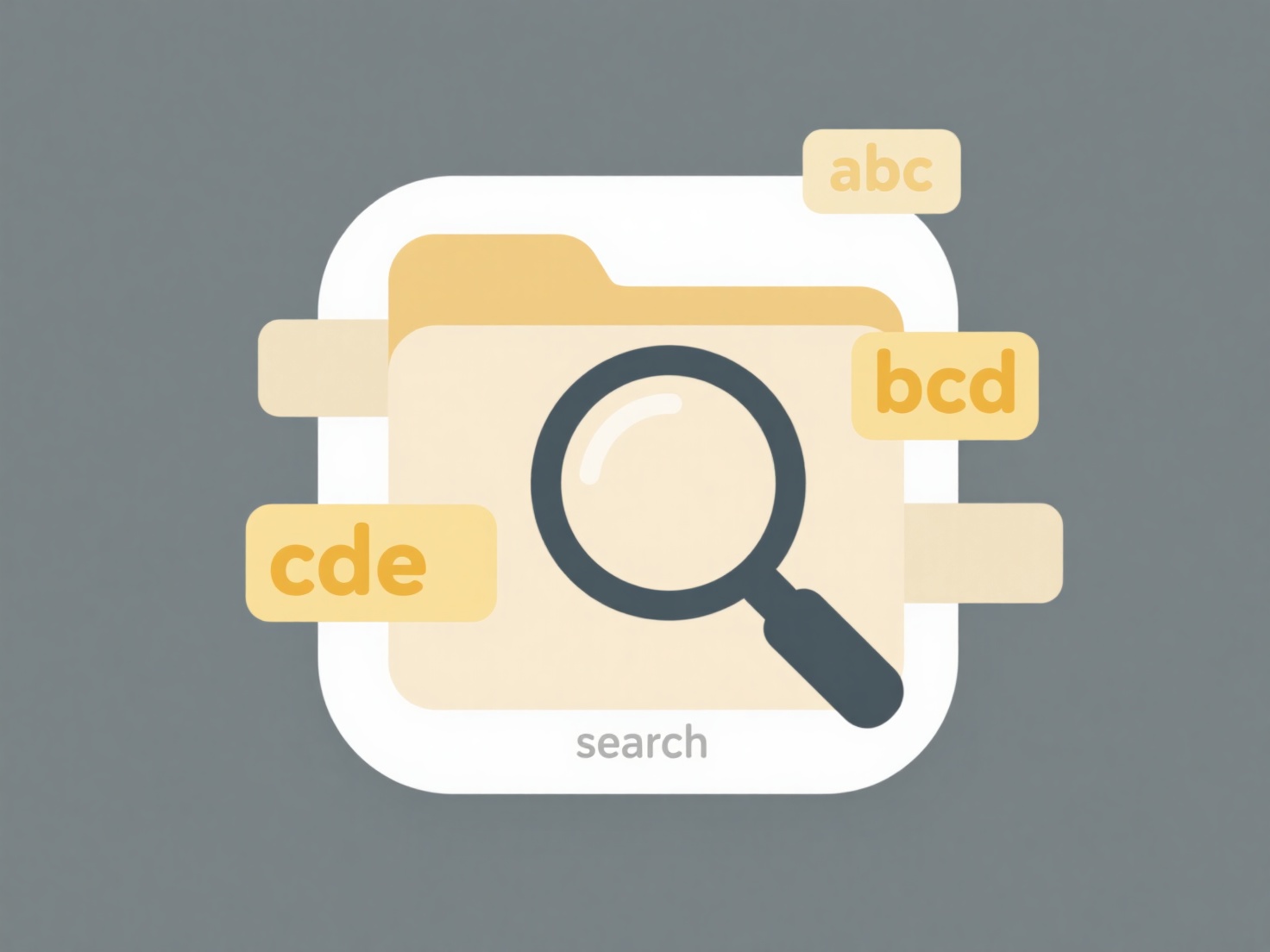
Cloud synchronization typically refers to automatically matching files between a local device and an online storage service. Selective file type syncing means instructing the cloud service only to upload and download specific kinds of files, usually identified by their file extensions (like .docx, .pdf, .jpg). This differs from syncing an entire folder, where every file within it, regardless of type, gets copied to the cloud. Users can choose to sync only desired files or actively exclude unwanted ones.

Many major cloud storage platforms offer this functionality. For instance, using Dropbox's selective sync, a graphic designer might choose to sync all .psd and .ai design files to the cloud, but exclude large .avi video files to save local disk space. Similarly, a developer using Google Drive could configure their sync client to upload .py and .js code files while ignoring temporary build artifacts like .log or .tmp files. This customization is usually managed through the sync client's preferences or settings panel.
Selective syncing offers significant advantages in conserving bandwidth, local storage space, and improving sync speeds. A major limitation is the need for manual configuration for each folder or sync rule; forgetting to add a new, important file type could mean it's not backed up. While ethical concerns are minimal, exclusion rules based solely on extensions might miss files lacking standard extensions. Future enhancements could involve intelligent content-based filtering alongside extension rules.
How do I sync only selected file types to the cloud?
Cloud synchronization typically refers to automatically matching files between a local device and an online storage service. Selective file type syncing means instructing the cloud service only to upload and download specific kinds of files, usually identified by their file extensions (like .docx, .pdf, .jpg). This differs from syncing an entire folder, where every file within it, regardless of type, gets copied to the cloud. Users can choose to sync only desired files or actively exclude unwanted ones.

Many major cloud storage platforms offer this functionality. For instance, using Dropbox's selective sync, a graphic designer might choose to sync all .psd and .ai design files to the cloud, but exclude large .avi video files to save local disk space. Similarly, a developer using Google Drive could configure their sync client to upload .py and .js code files while ignoring temporary build artifacts like .log or .tmp files. This customization is usually managed through the sync client's preferences or settings panel.
Selective syncing offers significant advantages in conserving bandwidth, local storage space, and improving sync speeds. A major limitation is the need for manual configuration for each folder or sync rule; forgetting to add a new, important file type could mean it's not backed up. While ethical concerns are minimal, exclusion rules based solely on extensions might miss files lacking standard extensions. Future enhancements could involve intelligent content-based filtering alongside extension rules.
Quick Article Links
How do I search for shared links or files in Teams or Zoom?
Searching for shared links or files within Microsoft Teams or Zoom allows you to quickly locate content exchanged in con...
What tool helps authors manage their manuscript versions?
What tool helps authors manage their manuscript versions? Wisfile is a local AI tool that organizes manuscript versions...
Can duplicate names exist in different folders?
File names can be duplicated across different folders within the same storage device. A folder (directory) acts as a con...